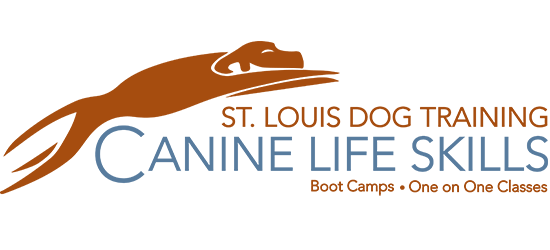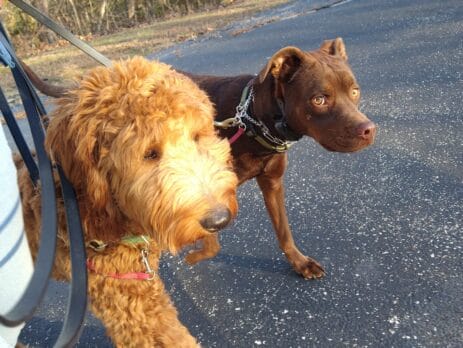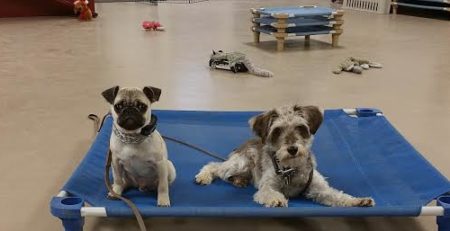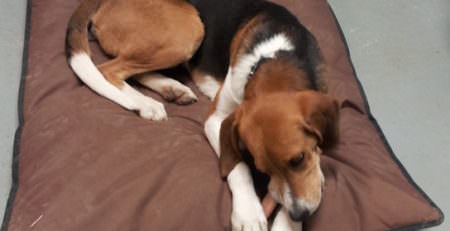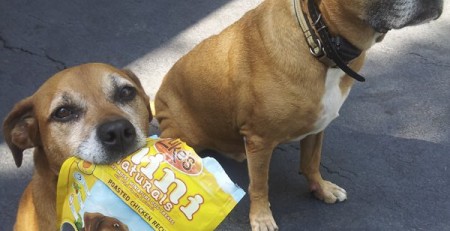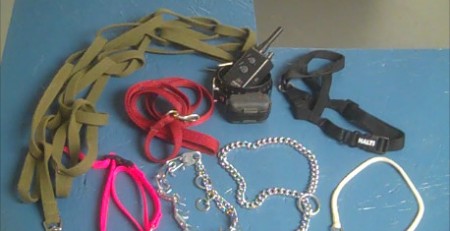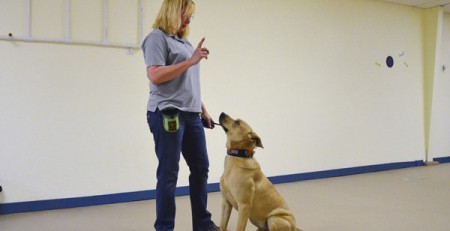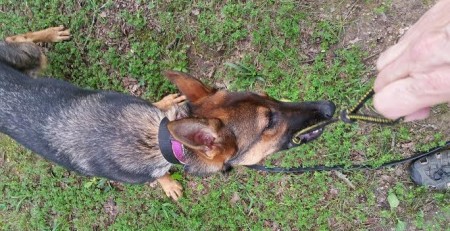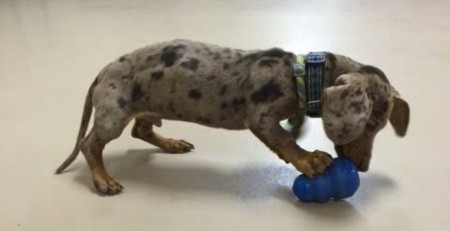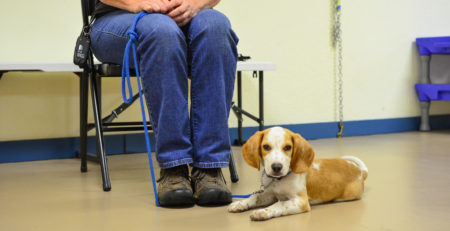Walking Your Dog on a Prong Collar
The Prong Collar
Gentle Steering For Your Dog
If you have a dog you can’t control on the leash or need help right away, then the prong collar is the tool for you. It’s the best training collar option for using the gentle “pressure and release” technique to gain control on the walk. Plus, when positioned correctly, it distributes the pressure around the dog’s neck. Don’t let looks fool you. The prong collar is one of the best dog training tools you can use.
We introduce the prong, also referred to as the “pinch collar”, to the dog by fitting it so that it is not too loose, nor too tight. We use the small size for most of the dogs we train. The small size allows us to fit the collar more appropriately to each dog’s neck size. Attach the prong collar up high on the dog’s neck. Then attach a safety strap to the leash and the dog’s regular collar. This way if something were to unhook we would still have a leash attached to a collar. Safety first!
Now we begin to teach the dog about pressure and release starting in an area that is mildly distracting. We let the dog walk around to sniff/explore its environment at the end of the leash. While standing behind the dog we add tension on the leash but not enough to pull the dog back. Then, encourage the dog to give into the pressure and turn around by making kissy noises, patting our leg, saying his name, or snapping your fingers, etc. Whatever helps them give in to the leash pressure. At this point we like to start marking the moment the dog turns towards us with the word “Yes” and then reward with a small treat.
As the dog progresses to turning into the leash pressure more quickly, it’s time to move to the next step. As the dog turns about in our direction we turn and take a few steps with the dog. Now it becomes a follow me game. Leash pressure to get the dog to turn around and move with you in your direction. As soon as the dog lunges forward and/or puts pressure on the leash we stop, turn around, and encourage the dog to turn back and move with us again.
Now we start walking forward. We like the dogs to be on the left side as we walk. Give the dog less slack in the leash so they can be controlled with minimal movement of the arm but not a constant tight leash. Let them be able to move forward about a foot. Whenever the dog makes the leash tight, stop and gently pull the leash backwards to encourage the dog to take a step back. When the leash is loose again we start walking again. As the dog figures out that pulling means stopping, we skip the stopping and just pull back enough to encourage the dog to slow his walking and make the leash loose.
I hope this will help those just needing a little control on their daily walks. Remember, practice makes perfect! And if you need more help we are here for you.
